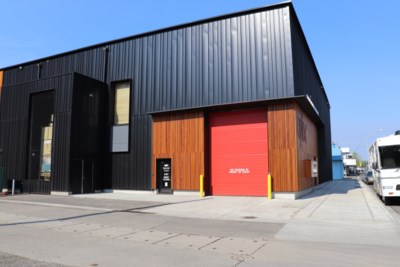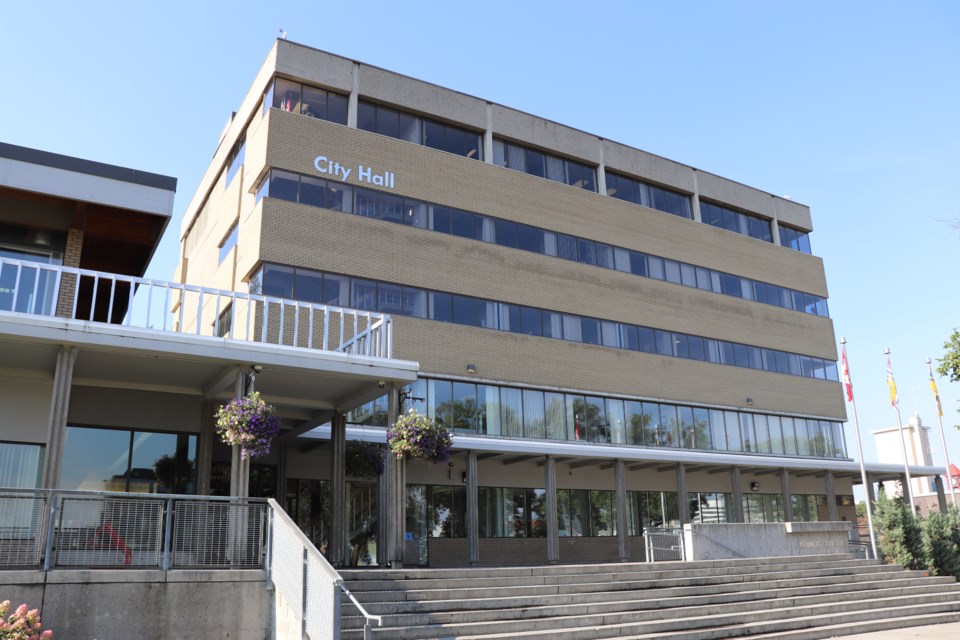The last few summers of unprecedented wildfire seasons have demonstrated the climate in B.C. is changing.
Prince George is already trying to minimize its impact on climate change by fostering green technological innovations.
The city's home to the University of Northern British Columbia (trademarked as Canada's Green University), so it’s not much of a surprise that innovations in sustainability, energy efficiency and design are sprouting in B.C.’s northern capital.
Here are a few Green innovations that are making Prince George stand out:
City hall has a solar panel parking lot
Prince George is home to a new solar panel road. Imagine how much solar power could be generated if solar panels blanketed the city's roads? The 20m2 solar road is located in city hall’s parking lot and is a pilot project with Wattway Solar. The city states the project is “part of the city’s continuing efforts to reduce greenhouse gas emissions.” The solar panels were installed at no cost to the city and required no rebuilding or roadwork. They are only millimetres thick and fit directly onto the pavement, while being strong enough to withstand all types of vehicles, including 18-wheeler trucks, and all types of weather conditions.
 The Wood Innovation Research Lab. (via Hanna Petersen)
The Wood Innovation Research Lab. (via Hanna Petersen)The Wood Innovation Research Lab is the best in North America
The Wood Innovation Research Lab has been described by The Canadian Press “an engineering feat that has earned it the recognition as the most airtight industrial building on the continent.” That’s because it set a new standard for air tightness, securing the best North American result of any building for Passive House Certification. Passive House buildings are built to use up to 90 per cent less energy for heating or cooling than standard buildings, and use up to 70 per cent less energy overall. UNBC associate professor of engineering Dr. Guido Wimmers has said it “demonstrates how an industrial structure, constructed with wood, in Northern British Columbia’s cold climate can be a global leader in energy efficiency.”
UNBC’s Bioenergy Plant creates heat from sawmill waste
UNBC’s Bioenergy Plant started up on the Prince George campus in May 2011. The Bioenergy Plant uses gasification to convert sawmill residue into useable heat in the form of hot water, which is distributed through the university’s existing hot water heating system. The plant has offset roughly 85 per cent of the fossil fuels previously used to heat the core campus buildings. In 2013, The Bioenergy Plant became the first university building in B.C. and the first building in the North to achieve LEED Platinum certification. A year later, the plant won a Canadian Green Building Award, presented by the Canadian Green Building Council.
The RCMP detachment has a solar panel wall that preheats air
The RCMP detachment on Victoria Street features is innovative in that it uses a solar wall that preheats the fresh air intake which saves the building 150 GJ of energy per year. The building is also Leadership in Energy, and Environmental Design certified. It’s connected to an aquifer to provide cooling, captures rainwater, and was built using recycled wood and regionally sourced materials. Prince George won the Community Energy’s Association Climate and Energy Action awards in 2015 in recognition of the energy reduction initiatives in the new RCMP building.
Prince George’s downtown core is heated with biomass
In downtown Prince George, 11 buildings, including the law courts, city hall, Wood Innovation and Design Centre, and the RCMP detachment on Victoria Street are heated with renewable energy. The Downtown Renewable Energy System gets fuel from Lakeland Mills, which burns sawmill residue to heat water. Similar to UNBC’s Bioenergy Plant, the heated water is distributed through a piping system throughout the downtown area. Because the heat is fuelled using biomass instead of fossil fuels, it reduces the greenhouse gas emissions by roughly 2,000 tons per year.



